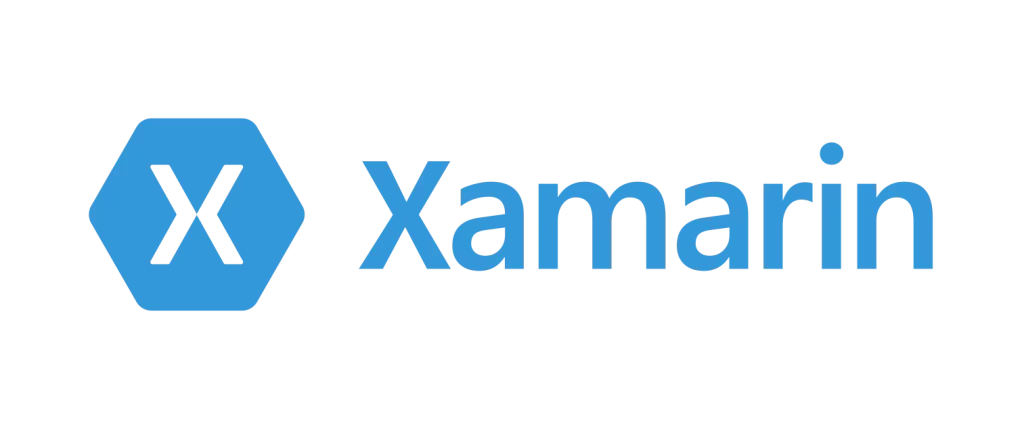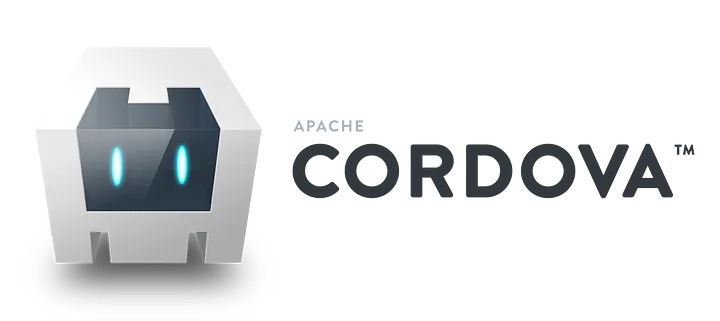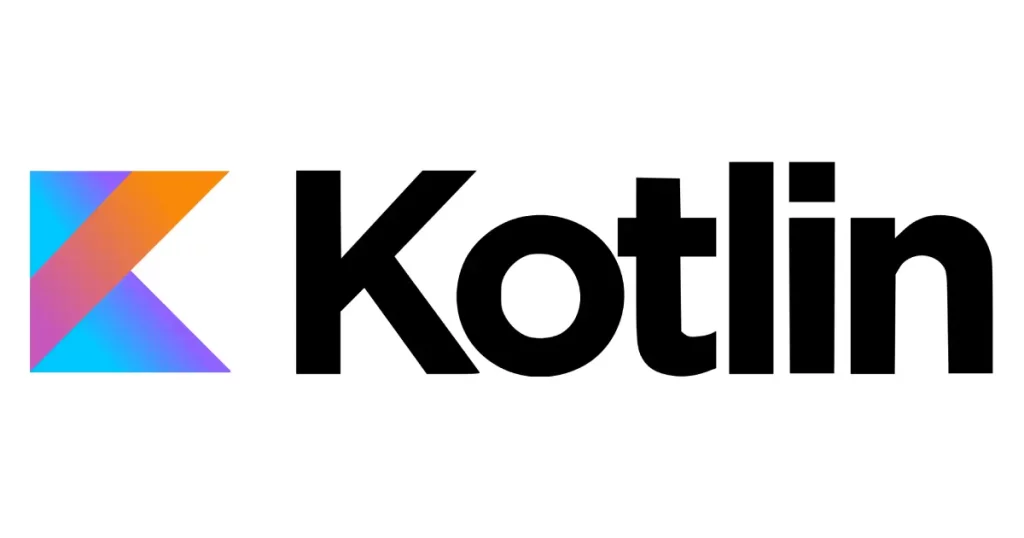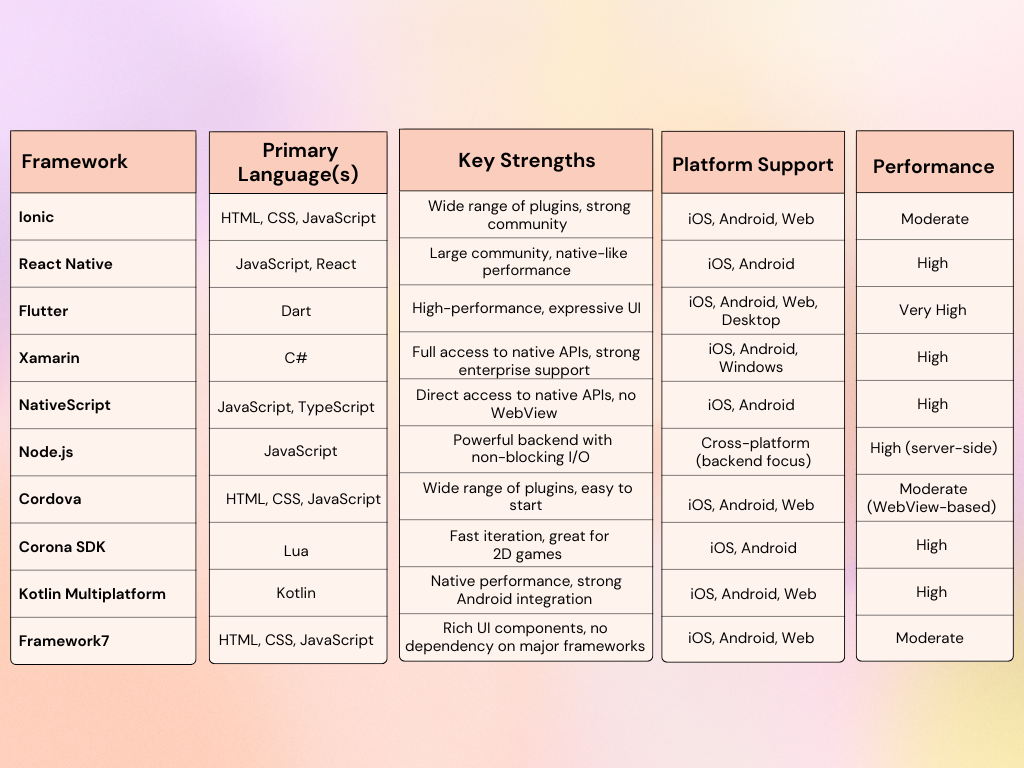
-
Apexlink
Real Estate
-
DLS
General Insurance
-
DMV
Government
-
Entiger
Fintech
-
GIS Mapping
Gas & Petroleum
-
HMS
Employee Benefit
-
HAWA
Government
-
Harley
Community
-
IHG
Hotel & Tourism
-
Sparkseeker
Humane Tech
-
Track Ninja
Sports
-
Response Vision
Disaster Management
- AI/ML Services
- Application Services
- Automation Services
- Cyber Security
- Chatbot Experts
- Data Analysis
- Data Warehouse Services
- Digital Commerce Services
- Digital Transformation
- Infrastructure Service
- Low Code/No Code
- Managed IT Services
- IT Support
- IT Consulting
- IT Outsourcing
- Mobile App Development
- IOS Development
- Android Development
- Cross Platform Development
- Gaming App Development
- Software Development
- System Design & Architecture
- Testing Services
- Web Development
There’s no denying that smartphones have become an indispensable part of our lives. And what keeps us hooked to our mobile devices are mobile apps! From social media and messaging to weather and music, there exists an app for pretty much everything. In fact, according to some recent statistics, smartphone users check their phones approximately 262 times per day on average, with 88% of this time spent on mobile apps.
Businesses want to reach their customers right where they spend so much of their time, and so developing a mobile app is an obvious step in that direction. Now, the next task at hand is ensuring your app offers a great user experience to make it shine out among growing competition.
For the unversed, there are two ways to go about mobile app development – native development and cross-platform development. While native app development targets a specific mobile operating system, cross-platform app development lets you target multiple operating systems simultaneously. If you want to reach a massive user base in no time, cross-platform mobile app development is the way to go!
Before we talk about all the frameworks that can make cross-platform app development a breeze, let’s understand cross-platform mobile applications a little better.
Cross-platform Mobile Applications 101
Mobile applications for cross-platforms are developed using a single codebase that can target different operating systems. Cross-platform mobile apps are developed using cross-platform app development frameworks consisting of platform-specific software development kits (SDKs) from a unified API. Different platforms allow you easy access to different platform SDKs and libraries.

Some of the most well-known examples of successful cross-platform mobile applications include Instagram, the New York Times, Fox Sports, Airbnb, and Skype among others. Keep in mind that you will still need to have Android SDK and iOS SDK installed on your computer to deploy Android and iOS cross-platform mobile apps respectively.
And now, let’s take a good look at 10 popular cross-platform app development frameworks that are set to rule the app development markets in 2025 as well.
Best Cross-Platform Mobile App Development Frameworks
Below is a list of all the cross-platform mobile app development frameworks currently in demand.
Ionic

Ionic is an AngularJS based popular cross-platform app development framework. It uses languages like HTML5, JavaScript, and CSS to access native platform controllers. The framework lets developers add user-friendly features and a creative user interface to the app with great ease. Since Ionic simplifies developing highly interactive and native-like apps, it is commonly used for development of progressive web apps too.
Key features include:
Allows code structure alterations, saving time and offering flexibility.
- Designed specifically for mobile OS with numerous UI components for robust app development.
- Simplifies adding extensions to HTML syntax and core functionalities, enhancing app features.
- Provides access to device features like Camera, GPS, and Audio Recorder, benefiting cross-platform development.
- Delivers a native-like feel for apps, enabling smooth performance across multiple platforms.
React Native

React Native is another commonly used cross-platform app framework. Built on JavaScript, ReactNative lets developers write real code to give a native-like feel to both iOS and Android mobile apps. It combines the benefits of JavaScript and React.JS by allowing developers to write modules in languages like Objective-C, Swift, and Java. The native modules and libraries also support heavy operations like image editing and video processing.
Key features include:
- Open-source framework with a large community for support and continuous improvement, like Ionic.
- Allows developers to write code once and deploy it on both Android and iOS, reducing development time and costs.
- One-time coding minimizes app development time and keeps costs low.
- Highly compatible with third-party plugins, such as Google Maps.
- Emphasizes a responsive interface, resulting in smooth and fast-loading applications.
Flutter

Flutter is an impressive cross-platform app development framework introduced by Google in 2017. It is the framework used for development of most Google Fuschia apps as it lets developers come up with apps that can run on multiple platforms effectively.
Key features include:
- Flutter's portable GPU renders UI efficiently, supporting the latest interfaces.
- Automatic UI updates based on variable changes, eliminating the need for manual updates.
- Allows for rapid, cost-efficient MVP development.
- Developers can automatically remake widget trees, simplifying code adjustments.
- Inbuilt graphic engine eliminates the need for separate interfaces for Android and iOS.
Xamarin

Xamarin is a relatively different cross-platform app development framework as it uses C# and .Net to develop Android, Windows, and iOS apps. As much as 90% of the code in Xamarin can be reused to build apps for these three platforms.
Key features include:
- Offers native-level app functionality, reducing hardware compatibility issues with plugins, specific APIs, and support for native libraries.
- Supports the inclusion of Objective-C, Java, and C++ libraries, enabling the reuse of third-party codebases.
- Supports WORA (Write Once, Run Anywhere) and offers a large collection of class libraries, reducing development time and costs.
- Provides strong compile-time checking, leading to fewer run-time errors and more reliable apps.
- Offers a native-like user interface and controls, allowing developers to design apps with a native feel.
NativeScript

NativeScript is another JavaScript based cross-platform framework, and is among the top choices for developers looking to adopt WORA functionality for their projects. Additionally, NativeScript also offers all native APIs, and thus, lets developers reuse existing plugins.
Key features include:
- Renders native UI without using WebViews, adapting to different devices and screens.
- Developers define the UI once, and NativeScript adapts it to run everywhere.
- UI can be customized for specific devices and screens.
- Comes with a complete web resource and plugins, eliminating the need for third-party solutions.
- Provides easy access to native Android and iOS APIs without needing knowledge of native development languages.
- Utilizes Angular and TypeScript for programming.
- Supports segments like Cocoapods and AndroidArsenal and can call local strategies from libraries.
Node.js

Node.js is among the more preferred frameworks for developing cross-platform mobile apps. This JavaScript runtime framework built on the Chrome V8 JavaScript engine is an open-source environment that aids the development of sever-side and scalable networking apps that are highly efficient and responsive. Node.js can handle multiple concurrent connections simultaneously. The best thing about using Node.js for cross-platform application development is it comes loaded with a rich library of useful JavaScript modules.
Key features include:
- Allows servers to move to the next task without waiting for data, enhancing efficiency.
- Built on Chrome’s V8 engine, making its code execution impressively fast.
- Apps do not buffer, they output data in chunks to improve performance.
- Uses a single-threaded model with event looping, allowing for scalable and smooth application performance.
- Reduces reaction time for slow requests, enabling developers to handle multiple requests simultaneously.
Cordova

Apache Cordova is a free and open-source cross-platform app development framework that lets you build mobile apps for different platforms using CSS, JavaScript, and HTML5. It supports in-built features like GPS, Phonebook, Storage, and more effortlessly. Moreover, Cordova is a free framework that offers support for offline scenarios, provides access to native device APIs, and offers reusable code across platforms.
Key features include:
- Allows developers to create apps for multiple platforms using a single codebase.
- Enables app development using existing web technologies like HTML5, CSS3, and JavaScript.
- Features a plugin-able architecture, allowing modular access to native device APIs.
Corona SDK

Corona SDK lets developers build 2D mobile applications for a plethora of devices including Windows and Kindle. Besides offering 10x faster mobile and game app development, the cross-platform framework is known for its remarkable results. It is based on Lua which is a multi-paradigm and lightweight programming language. Lua offers excellence during development through speed, extensibility, scalability, ease of use, and portability. It is a free to use cross-platform framework that supports real-time testing.
Key features include:
- Over 1000 APIs for sprite animations, audio, physics, texture management, and more.
- Instant response to code changes with real-time app performance preview.
- Supports nearly 200 plugins for in-app advertising, analytics, media, and hardware.
- Utilizes the Lua programming language, making the framework fast and powerful.
Kotlin Multiplatform

Kotlin Multiplatform extends the capabilities of Kotlin language to enable developers to write shared code that can run on both iOS and Android. It was launched by JetBrains as an extension of Kotlin in 2017, and has been gaining steady traction since due to its ability to provide a genuine shared codebase experience.
Key features of Kotlin multi-platform solutions include:
- Enables sharing of business logic across platforms, reducing duplication and ensuring consistency.
- Allows the use of native UI components, preserving the platform's look and feel.
- Integrates smoothly with existing Android and iOS projects, allowing gradual adoption without a complete rewrite.
Framework 7
Framework 7 is yet another free and open-source framework for developing apps for multiple platforms with a native look and feel. It is an incredibly feature-rich cross-platform app development framework that lets developers build apps using a single code base.
Key features include:
- Offers a wide range of UI elements and widgets like lists, forms, cards, and smart select for creating visually appealing and functional apps.
- Built with HTML, CSS, and JavaScript, making it accessible for web developers transitioning to mobile app development.
- Operates independently of frameworks like React or Angular, though it can integrate with them, allowing greater control over app performance and behavior.
Let’s quickly summarize how these cross-platform app development frameworks compare against each other.

Read More: Complete Guide to Programming Language Frameworks
Overview of Most Significant Benefits of Using Cross-Platform App Development Frameworks
If you are still wondering if you should choose cross-platform development over native app development, take a look at this list of benefits cross-platform app development frameworks offer.
Lower Costs
Development of cross-platform apps is about 30% cheaper than building separate native apps for iOS and Android as cross-platform app development lets you reuse code and other assets effortlessly.
Faster Development
Most cross-platform app development frameworks allow developers to work with a single codebase for developing apps for different platforms. Since everything is available in once place, developers can build one project that supports different devices, facilitating quicker development.
Wider Audience
You don’t need to worry too much about selecting the most suitable platform for your app. With cross-platform app development, you can get your app listed on all platforms at the same time, and reach a much wider audience.
Reusable Code
Code reusability is among the most noteworthy advantages of cross-platform app development. By creating a common codebase for iOS and Android, developers can handle both platforms concurrently and ship better apps faster.
Consistency Between Platforms
There are some notable differences in navigation and design for iOS and Android apps. Such cross-platform app development frameworks handle these common UI differences by default and help maintain a coherence brand identity across different operating systems effortlessly.
Cross-Platform Frameworks are the Key to More Efficient App Development
Clearly, cross-platform mobile app development is an effective way of establishing a stronger business presence efficiently, and cross-platform frameworks make this development process easier and effortless. By selecting the right framework and hiring experienced cross-platform app development experts from a reliable app development company, you can achieve your business development goals sooner.

Frequently Asked Questions
How to successfully create a cross-platform mobile app?
In order to build a successful cross-platform mobile app, we follow these steps: select the perfect framework for your needs, ensure a consistent user interface across different platforms, write a reusable code, and finally, test the app thoroughly on all platforms before deployment. We also integrate native functionalities where needed before the final launch on the respective app store.
What is the best framework for cross-platform app development?
The best framework for your project will depend on your specific needs. Different frameworks have different pros that set them apart from others. Discuss your goals and expectations with our cross-platform mobile app development experts, and we will guide you in selecting the most suitable framework for your project.
What are the examples of cross-platform technologies?
Some of the most popular cross-platform technologies include React Native, Node.js, Cordova, Kotlin Multiplatform, and Xamarin among others. All these technologies and more have been discussed in detail here in this blog.
How much does cross-platform app development cost?
Even though the cost of cross-platform app development can vary significantly depending upon a multitude of factors, on average, it can range from $20,000 to $80,000 and above depending upon the app complexity.







 Blockchain
Blockchain Cloud Computing
Cloud Computing Infrastructure
Services
Infrastructure
Services Metaverse
Metaverse QA
Automation
QA
Automation UI/UX
UI/UX







